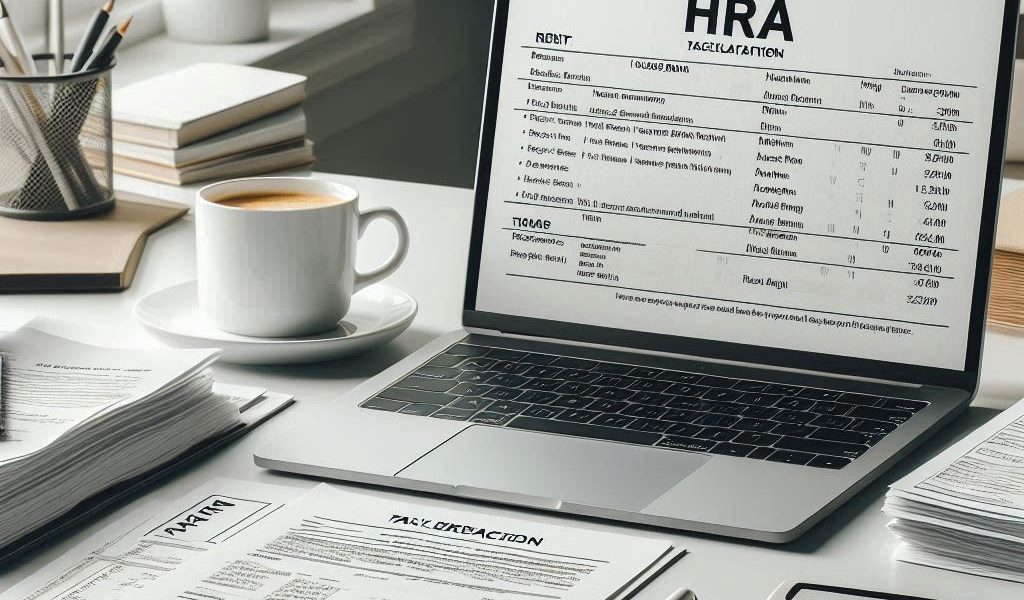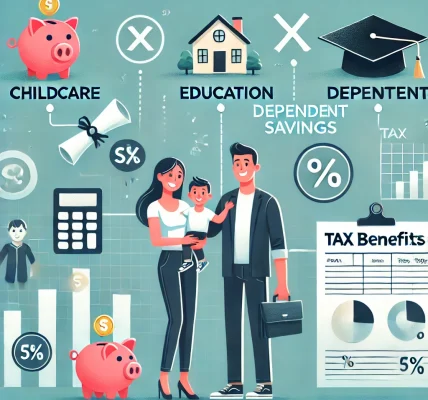House Rent Allowance (HRA) is a common benefit provided by employers to employees to help cover the cost of renting a home. While HRA is a great way to support your housing expenses, it also offers a significant tax-saving opportunity. By understanding how HRA tax exemptions work, you can reduce your taxable income and save more on your taxes.
In this blog post, we’ll break down everything you need to know about HRA exemptions, how they are calculated, and the essential details to maximize your tax savings.
1. What is HRA (House Rent Allowance)?
HRA is a component of the salary that is paid by the employer to the employee to cover their rent expenses. For employees who live in rented accommodation, HRA provides a way to offset the cost of their rent while offering a potential tax benefit.
- Eligibility for HRA: To claim HRA exemptions, you must be a salaried employee and receiving HRA as part of your salary package. Additionally, you must be paying rent for the house you reside in, and the rent must be above a certain limit to qualify for the tax exemption.
2. HRA Tax Exemption Calculation
HRA exemptions are calculated based on the least of the following three factors:
- Actual HRA received: The amount of HRA paid by your employer.
- Rent paid minus 10% of salary: The rent paid minus 10% of your basic salary (excluding HRA).
- 50% or 40% of salary (based on the city): The exemption is 50% of the basic salary if you live in a metro city (Delhi, Mumbai, Kolkata, Chennai) and 40% if you live in a non-metro city.
Let’s break this down with an example:
- Basic Salary: ₹50,000
- HRA Received: ₹20,000
- Rent Paid: ₹15,000
- City: Delhi (Metro city)
Now, the three factors to calculate the exemption are:
- Actual HRA received = ₹20,000
- Rent paid minus 10% of basic salary: ₹15,000 – ₹5,000 = ₹10,000
- 50% of basic salary: 50% of ₹50,000 = ₹25,000
The HRA exemption will be the least of these three amounts, i.e., ₹10,000. Therefore, the employee can claim ₹10,000 as HRA exemption under Section 10(13A) of the Income Tax Act.
3. Documents Needed to Claim HRA Exemption
To claim HRA tax exemptions, it is essential to maintain proper documentation. The following documents are typically required:
- Rent agreement: A legally signed rent agreement that states the terms and conditions of the rental arrangement.
- Rent receipts: Receipts showing the rent paid to the landlord, ideally signed by the landlord. In the absence of receipts, a bank statement reflecting rent payments can also be used.
- PAN card of the landlord: If the annual rent paid exceeds ₹1 lakh, the employee must submit the PAN number of the landlord.
4. HRA Exemption for Employees Staying in Their Own Property
If you live in your own house and still receive HRA, you cannot claim HRA exemptions. However, if you have a home loan for the property, you can claim tax deductions on the interest paid on the home loan under Section 24(b). Similarly, principal repayment can be claimed under Section 80C.
5. HRA Exemption for Parents/Relatives
If you are paying rent to your parents or relatives, you can still claim HRA exemptions. However, there are some key points to keep in mind:
- The rental agreement should be formal and documented.
- You need to ensure that the rent paid is reflected in the financial records of your parents or relatives.
- It’s important that your parents or relatives declare the rental income they receive in their tax returns.
6. Tax Exemption Limits and Additional Considerations
- Rent Limit: The rent you pay must exceed 10% of your salary for the exemption to apply. If your rent is below this threshold, you won’t be eligible for an exemption.
- Exemption for Multiple Properties: If you own more than one house and pay rent for living in one property, you can still claim HRA exemptions. However, you must ensure that the property where you live is rented and the rent paid is genuinely higher than the basic salary threshold.
- Metro vs. Non-Metro Cities: If you live in a metro city, the HRA exemption is higher (50% of salary), compared to non-metro cities where it is limited to 40% of the basic salary.
7. Common Mistakes to Avoid While Claiming HRA Exemption
While claiming HRA exemptions can be quite straightforward, there are several common mistakes that employees often make:
- Incorrect Documentation: Not maintaining proper records like rent receipts, agreements, and the PAN card of the landlord can delay or prevent the exemption.
- Rent Paid Below 10% of Salary: If the rent paid is less than 10% of your salary, you are not eligible for HRA exemptions.
- Incorrect Calculation: Failing to consider all three factors when calculating the exemption can lead to incorrect claims.
Conclusion
HRA tax exemptions are a fantastic way to save money on taxes for salaried employees living in rented accommodations. By understanding how the exemptions are calculated, keeping the necessary documentation, and being mindful of common mistakes, you can maximize your tax savings. Always consult with a tax advisor to ensure you’re getting the most out of your HRA exemptions, especially if you’re paying rent to parents or living in a metro city.




